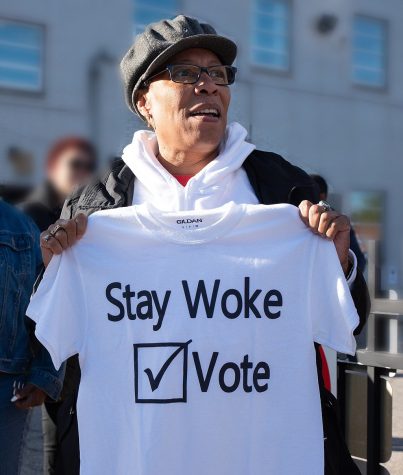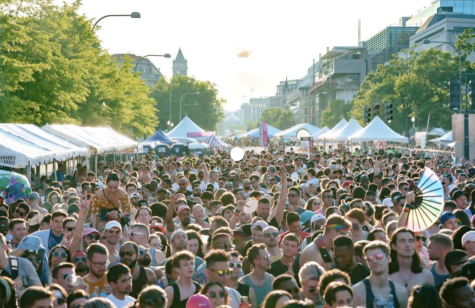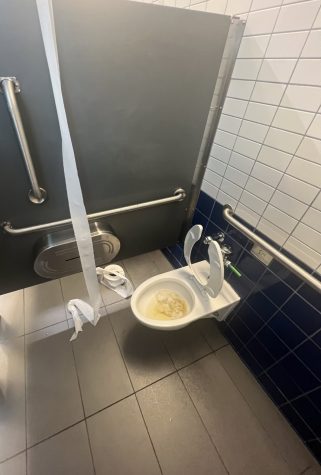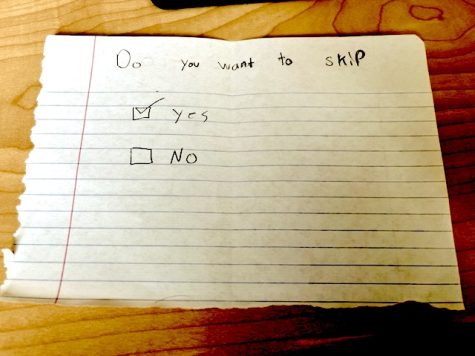Minorities fight for economic justice
June 1, 2022
Discrimination against minorities purchasing real estate has contributed greatly to the racial wealth gap. Generations of white families who were able to purchase houses in nice areas, and see their investments grow in value, passed those gains on to the next generation.
Unfortunately, the same can’t be said for minorities who have had it bad for decades. Just over 50 years ago, there were laws where blacks were forced to buy houses in bad areas. It was called Redlining. It started from the government outlining areas deemed bad or hazardous, often homed by African Americans. Some examples of this in DC is Barry Farms in Southeast DC. Even though this law was repealed in 1968, the financial damage has persisted.
Blacks weren’t the only ones to be discriminated against but have had it especially bad when it comes to real estate. Blacks were getting singled out by the law and government to have it bad for them. One example cited by the DC Policy Center is that racial lending policies worked to concentrate on white wealth and to shrink blacks access to land and capital in DC. Most people of the 21st century know about discrimination against blacks and minorities in general but it has been happening for decades.
W ealth is a big factor when it comes to owning houses. From 1999 to 2015 white young adults had the highest homeownership rate of any other racial group at 42%, with blacks having 18%. Not only are blacks less likely to own but are less likely to remain homeowners. Amongst most white parents 72% remained homeowners from 1999 to 2015, with black parents only at 31%.
ealth is a big factor when it comes to owning houses. From 1999 to 2015 white young adults had the highest homeownership rate of any other racial group at 42%, with blacks having 18%. Not only are blacks less likely to own but are less likely to remain homeowners. Amongst most white parents 72% remained homeowners from 1999 to 2015, with black parents only at 31%.
The Redlining law made it bad for African Americans and other minorities to accrue generational wealth. In 2016 the median net worth of black households was $17,000 and whites was $171,000.
Chicago real estate developer Lamell McMorris is working on an idea he calls “greenlining,” the opposite of redlining. Greenlining is when people work to revitalize neighborhoods without gentrifying them or raising the price for long term residents. This could work perfectly for neighborhoods because long term residents won’t get moved out or raised mortgage or rent prices.
One more solution that could be used to redress the harms of redlining is going to black neighborhoods and helping the neighborhood with regular clean-ups. Another solution could be making more affordable houses in the neighborhoods where blacks are more prevalent.
Redlining caused financial injustices that need to be addressed.









